Animals around the world need protection. You can make their holidays merry and bright.
Then, learn more about how you can help these beautiful animals, and other animals in need, this holiday season and beyond.
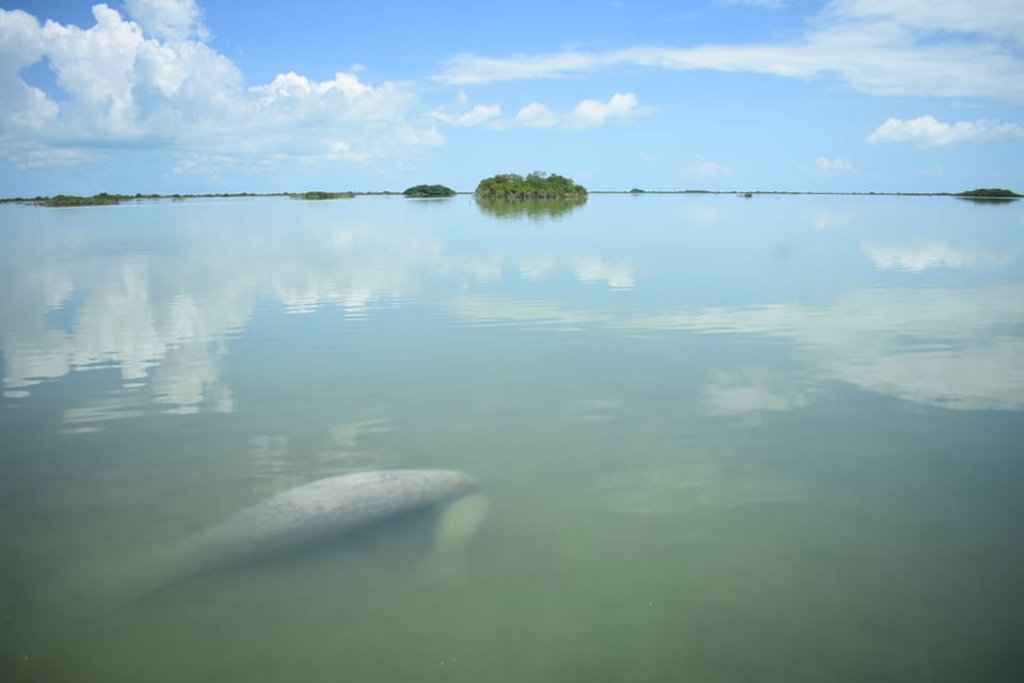
Photo: Wildtracks
Belize is home to the endangered Antillean manatee. Wildtracks’ Manatee Rehabilitation Center works to provide rehabilitative care for orphaned and injured manatees with the goal of releasing them back into the wild. One of the center’s first rehabilitated manatees was Twiggy, who returns to the lagoon twice a year for a week to visit the center and meet the soft-release manatees before returning to Corozal Bay Wildlife Sanctuary. During a recent visit, Twiggy brought a surprise for the Wildtracks team, a calf! The sheltered lagoon provides a safe haven for these manatees that are increasingly at risk from boat traffic.
HELP MORE MANATEES LIKE TWIGGY RETURN TO THE WILD
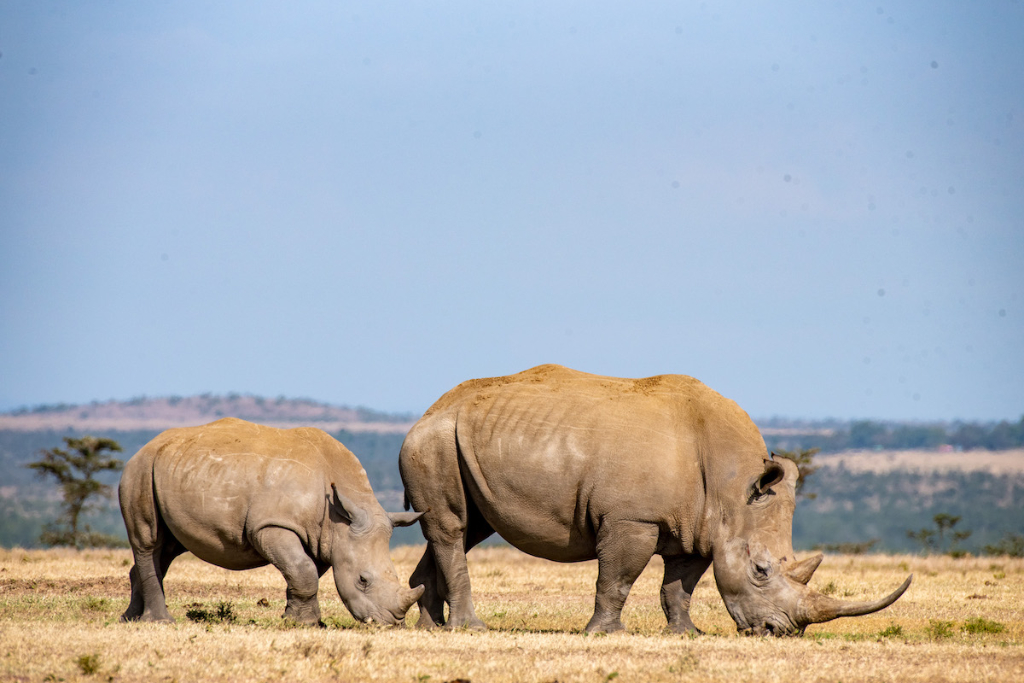
Photo: Ol Pejeta Conservancy
Because of threats like climate change and poaching, Kenyan wildlife’s survival is increasingly tenuous. The Ol Pejeta Conservancy is home to the largest population of black rhinos in East and Central Africa. The last two white rhinos on Earth, Najin and Fatu, also call Ol Pejeta home, making the wildlife conservancy one of the most important in the world.
Kenya is currently facing the worst drought in 40 years, which has dried up many dams on conservancy property and dropped water to alarmingly low levels in the Ewaso Ng’iro River. The impact on wildlife is devastating. Grass is scarce in Najin and Fatu’s enclosure. Rangers have worked tirelessly to reduce food competition by driving other species into the main conservancy so the rhinos have enough food.
ENSURE NAJIN AND FATU HAVE ENOUGH TO EAT
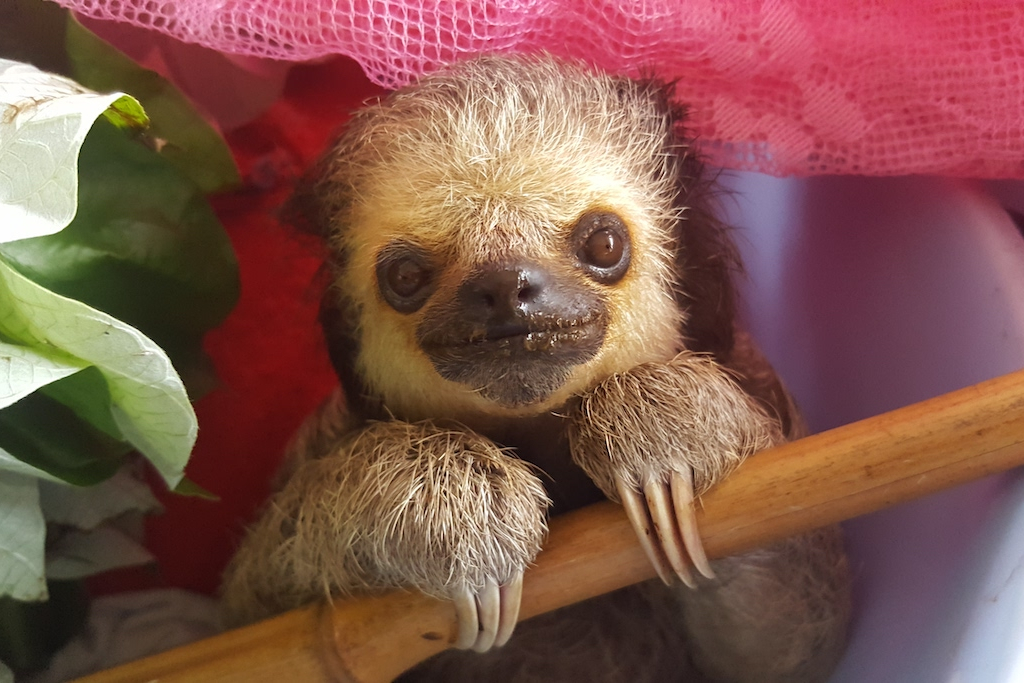
Photo: Stg Green Heritage Fund Suriname
As the city of Paramaribo grows, more of the surrounding forest is lost to development. Between that loss of habitat and the impact of climate change on what slivers of forest remain, sloths, armadillos, and anteaters are pushed into urban environments. Ending up in backyards or gardens, the wild animals come in contact with pets and people who are often scared of the uninvited guests. Green Heritage Fund Suriname built a rehab center, Sloth Sanctuary Suriname, to rescue the lost critters from these areas.
Sheep, a two-fingered baby sloth, was discovered in someone’s backyard. When rescuers arrived, they learned that the baby had fallen off of its mother’s back the day before. The accident occurred during or shortly after birth. After a day of crying, Sheep’s energy was spent. After two months at the Sanctuary, and a first week of intensive care, Sheep is already starting to eat leaves and is more aware of his surroundings.
RESCUE MORE URBAN WILDLIFE LIKE SHEEP IN SURINAME
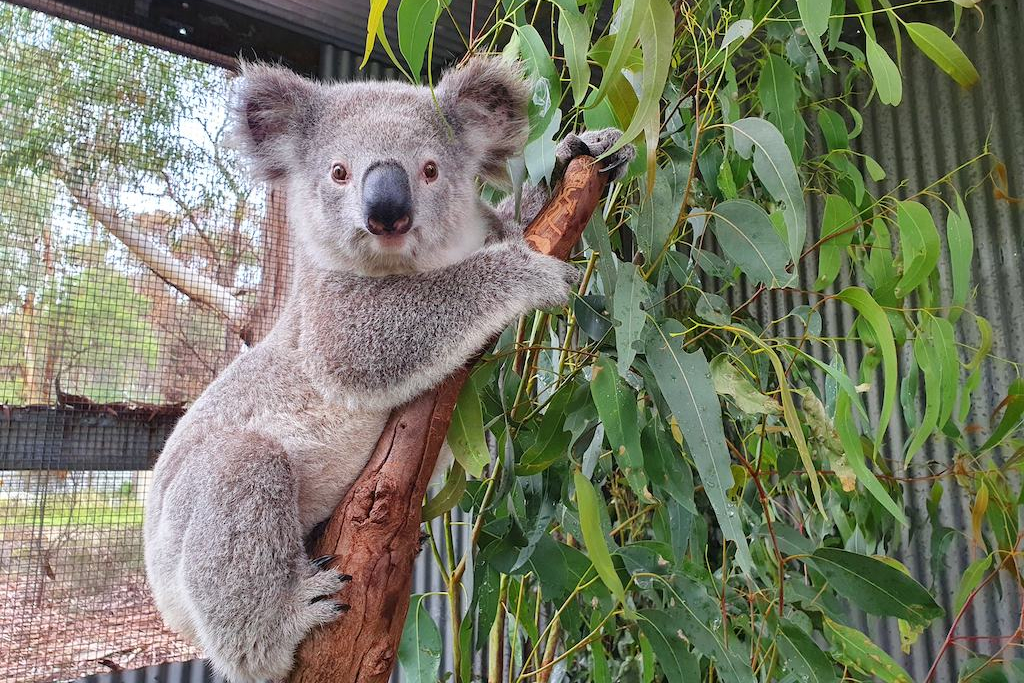
Photo: NSW Wildlife Information Rescue & Education Service (WIRES)
As the climate crisis causes more severe weather, organizations like WIRES continue to actively rehabilitate and preserve Australian wildlife after bushfires and flooding destroy habitat and food sources.
With his habitat nearly gone, the koala Matty was discovered in a backyard garden in Sydney. He may have been frightened by a dog and tried to escape by scrambling over a fence. Matty ended up in the chimney of a BBQ, where he was discovered. The little koala is one of the lucky ones. He’s now recuperating with a carer from WIRES and will hopefully be released into a protected habitat soon.
RETURN AUSTRALIAN WILDLIFE TO THEIR NATURAL HABITATS
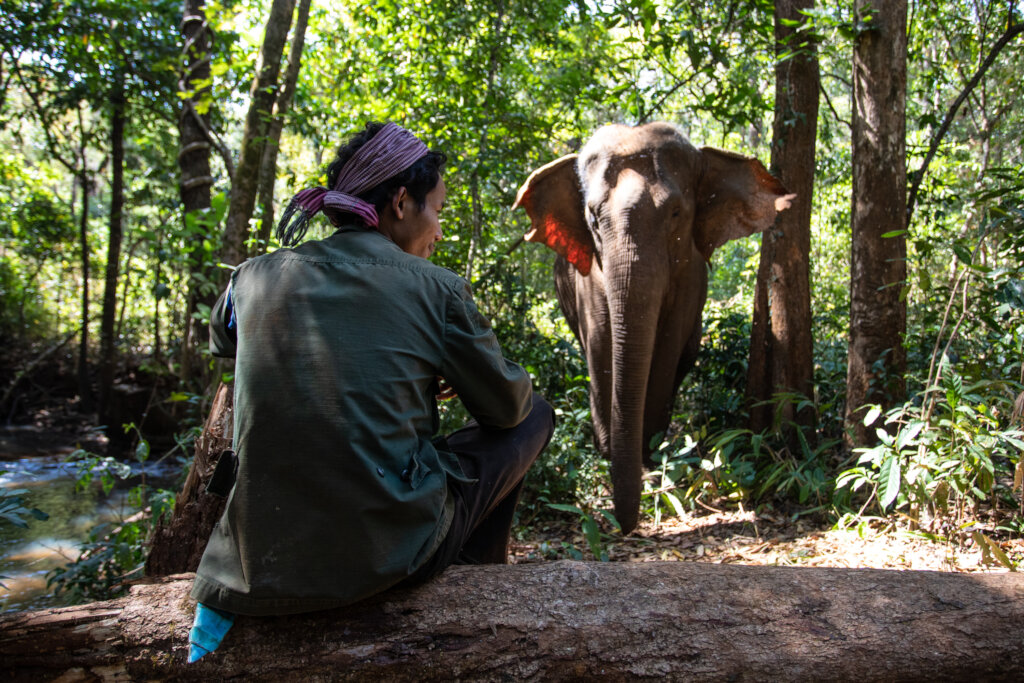
Photo: Elephant Livelihood Initiative Environment (ELIE)
ELIE launched the Elephant Valley Projects (EVP) in 2007 as an elephant sanctuary for injured, old, and overworked elephants in the Mondulkiri province. Developed in partnership with the local indigenous Bunong of Pu Trom, the sanctuary sits within their community forest.
Eleven elephants call the EVP sanctuary home. Darling is one of them. Darling has been munching on new bamboo shoots in the northern valleys, safely away from wild elephants. Caregivers think she slipped during bad weather in the summer and severely split her toenail on a rock. She needed emergency treatment but is healing well. ELIE staff spend a lot of time on target training and desensitization of touch so they can work with their elephants without incident. After a few treats, Darling was happy to stand still for 10 minutes of treatment!
GIVE CAPTIVE ELEPHANTS A NEW LEASE ON LIFE
Animals—big and small, fast and slow—bring us so much joy, year round. When you help animals this holiday season, you have a chance to make their days brighter!
FIND AN ANIMAL PROJECT TO SUPPORT
Featured Photo: Give second chance for 100 rescue animals in India by Humane Animal Society (HAS)Find exactly what you're looking for in our Learn Library by searching for specific words or phrases related to the content you need.